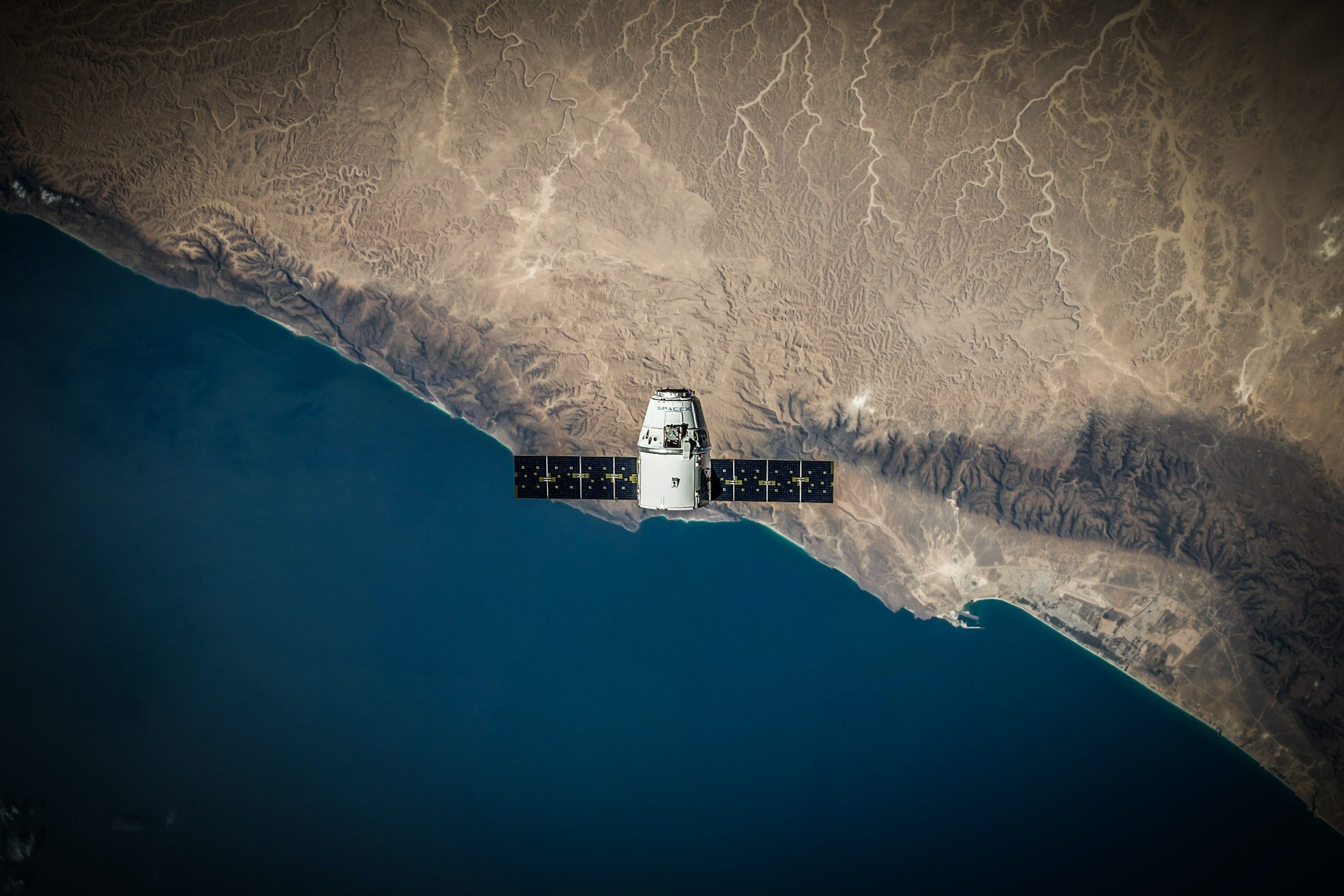We’ve all been there – trying to make an important phone call or send a vital message, only to find ourselves stuck in a mobile dead zone with no coverage. But did you know that the answer to this frustrating problem could be floating thousands of miles above our heads? Yes, we’re talking about satellites! In this blog post, we’ll explore how these remarkable pieces of technology can help improve mobile coverage and change the way we communicate forever. So buckle up and get ready for an out-of-this-world journey from space to your pocket!
What are satellites?
Satellites are man-made objects that orbit the Earth. They are used for a variety of purposes, including communications, navigation, weather forecasting, and climate monitoring.
Satellites can improve mobile coverage in a number of ways. For example, they can be used to provide an alternative to terrestrial cell towers, which can be expensive to build and maintain. In addition, satellites can offer coverage in areas where there is no terrestrial infrastructure, such as mountainous or remote regions.
There are two main types of satellites: geostationary and non-geostationary. Geostationary satellites orbit the Earth at the same speed that the Earth rotates, which means they appear to stay in one spot in the sky. Non-geostationary satellites do not orbit at the same speed as the Earth, so they appear to move across the sky.
Both types of satellites have their advantages and disadvantages when it comes to providing mobile coverage. Geostationary satellites are well suited for providing nationwide or continental coverage, as they can reach a large area with their signals. However, they can experience signal interference from other geostationary satellites that are sharing the same orbital path. In addition, because they orbit at a higher altitude than non-geostationary satellites, their signals can be weaker at ground level.
Non-geostationary satellites are not well suited for providing nationwide or continental coverage due to their relatively small footprint. However
How do satellites improve mobile coverage?
Satellites can improve mobile coverage in many ways. One is by providing an alternative to terrestrial infrastructure, which can be expensive and difficult to deploy in rural and remote areas. Satellites can also complement terrestrial networks by providing additional capacity and coverage.
Another way that satellites can improve mobile coverage is by enabling new services such as high-speed data, voice, and video. This is especially important in areas where terrestrial networks are unavailable or congested.
Finally, satellites can provide a critical backup for terrestrial networks during disasters or other emergencies. This ensures that people can stay connected even when ground-based infrastructure is damaged or destroyed.
What are the benefits of using satellites for mobile coverage?
One of the benefits of using satellites for mobile coverage is that it can provide coverage in areas where there is no terrestrial infrastructure. This can be especially useful in rural or remote areas, or in disaster zones where terrestrial infrastructure has been destroyed.
Another benefit of using satellites for mobile coverage is that it can offer a more robust and reliable signal than terrestrial infrastructure. This is because satellite signals are not affected by things like weather or terrain, which can sometimes cause problems for terrestrial signals.
Finally, using satellites for mobile coverage can help to reduce costs for mobile operators. This is because they don’t need to build and maintain their own terrestrial infrastructure, which can be expensive.
How many people use satellite-based mobile coverage?
Satellite-based mobile coverage is used by a growing number of people around the world. In many cases, it is the only option for mobile coverage in rural areas. According to the most recent data from the International Telecommunication Union (ITU), there were more than 1.6 billion mobile satellite subscriptions at the end of 2017. This represents a significant increase from the 1.1 billion subscriptions in 2015.
There are several reasons for the growth in satellite-based mobile coverage. First, the launch of new satellites has increased capacity and coverage. Second, improved technology has made it possible to offer higher speeds and lower costs. Finally, increasing demand for mobile services in rural areas has driven growth.
The ITU estimates that by 2025, there will be more than 2 billion mobile satellite subscriptions worldwide. This growth will be driven by continued expansion of coverage and capacity, as well as continued demand for mobile services in rural areas.
What are the future plans for satellite-based mobile coverage?
The future of satellite-based mobile coverage is looking very promising. In the near future, there are plans to launch more satellites into orbit that will provide even better coverage than what is available today. These new satellites will be able to offer higher speeds and lower latency, which will make for a much better user experience. Additionally, there are plans to improve the ground infrastructure that is used to connect to the satellites, which will further improve performance. In the long term, there are even plans to build a network of satellites that would provide global coverage, making it possible to have mobile service anywhere on the planet.
Conclusion
Mobile phones have become an indispensable part of our lives, and with the help of satellites we can improve mobile coverage to make sure that no one is left behind. Satellites are a great tool for providing improved network coverage in remote areas, allowing us to stay connected even when there’s no terrestrial cell tower nearby. Whether you need better data speeds or just reliable voice service from your phone, satellite technology has you covered.




